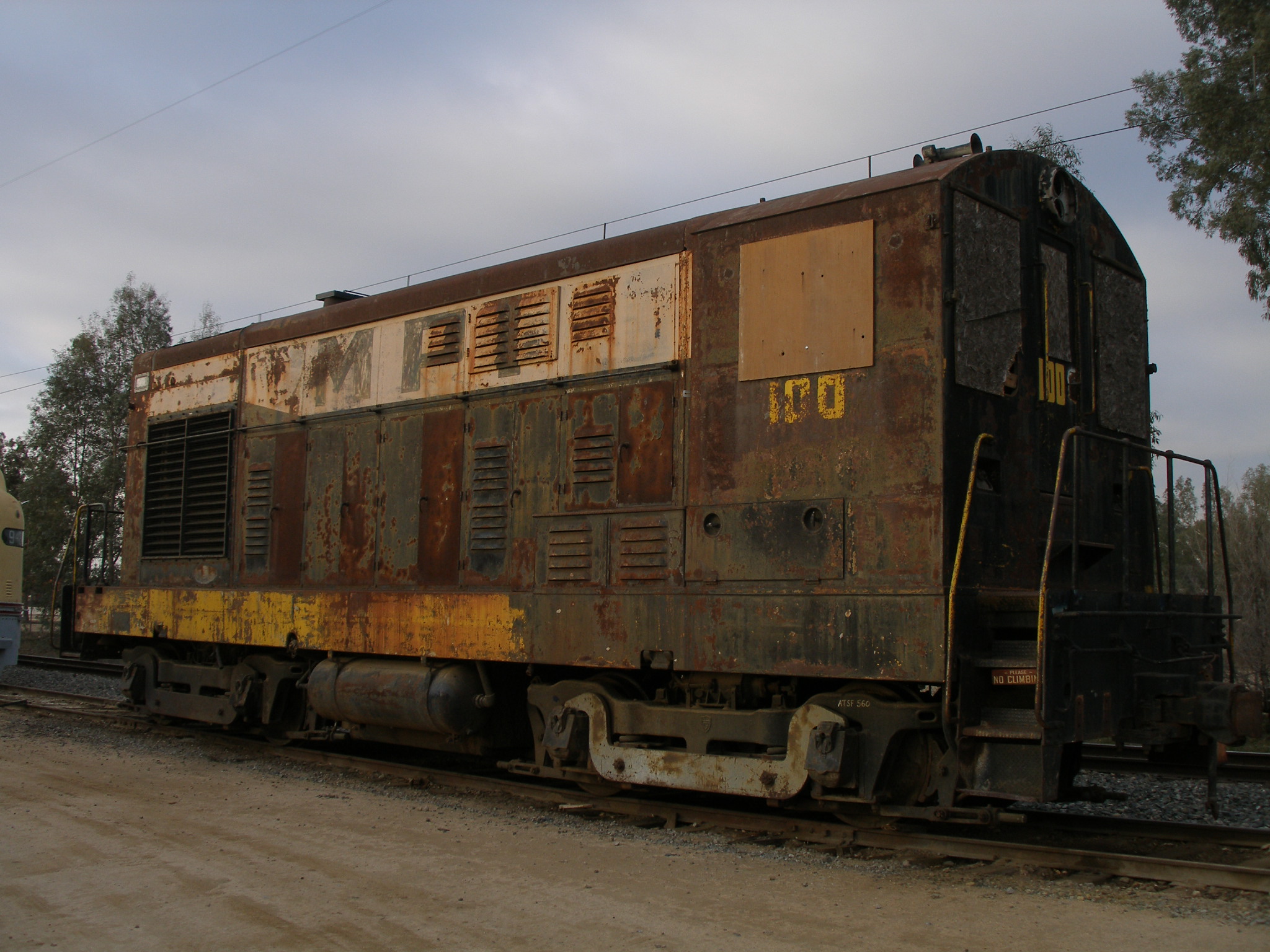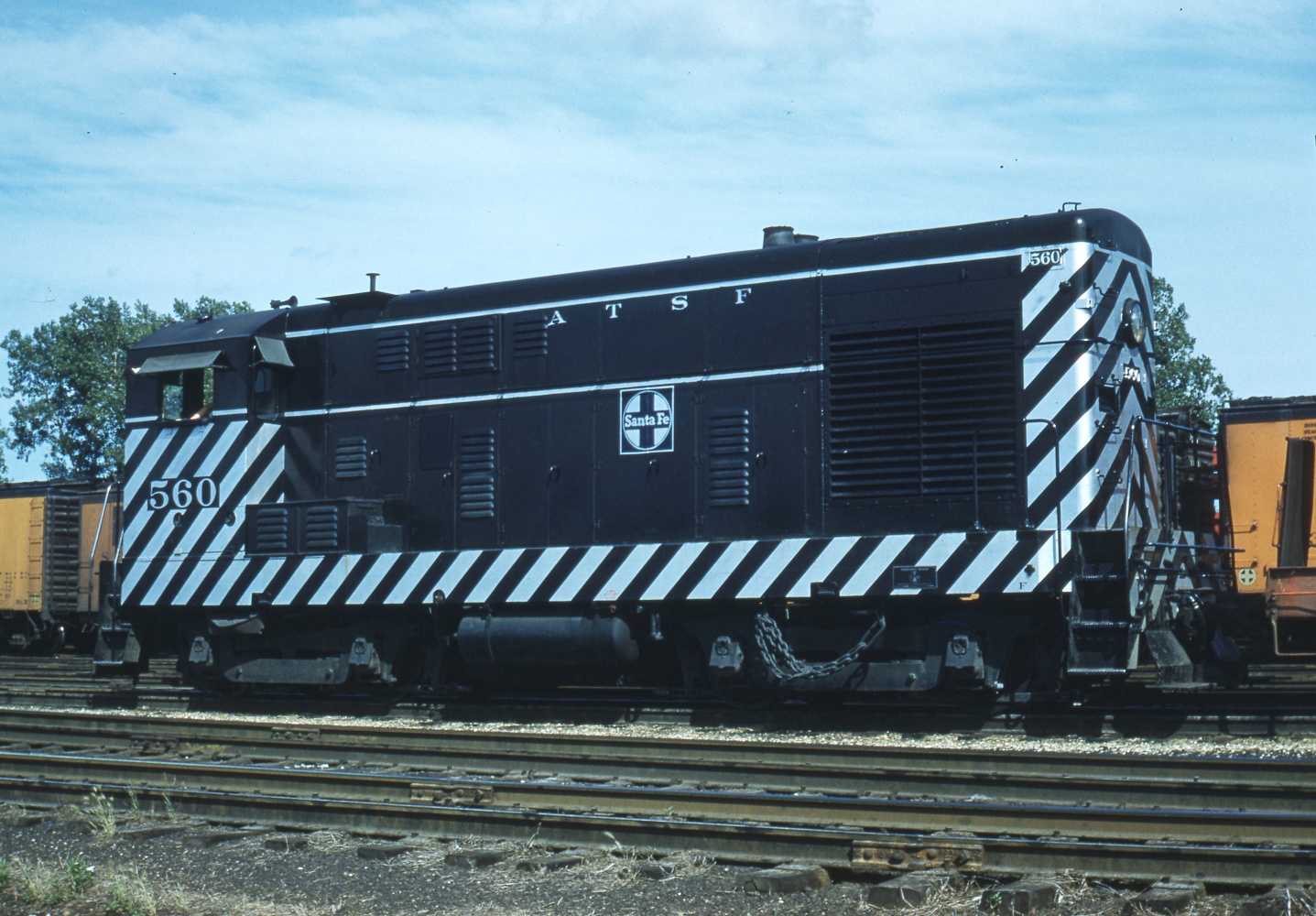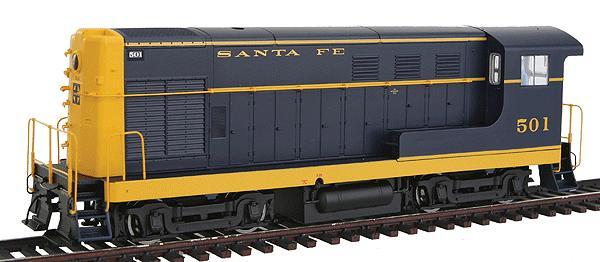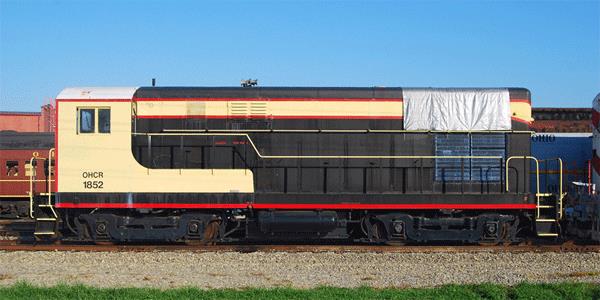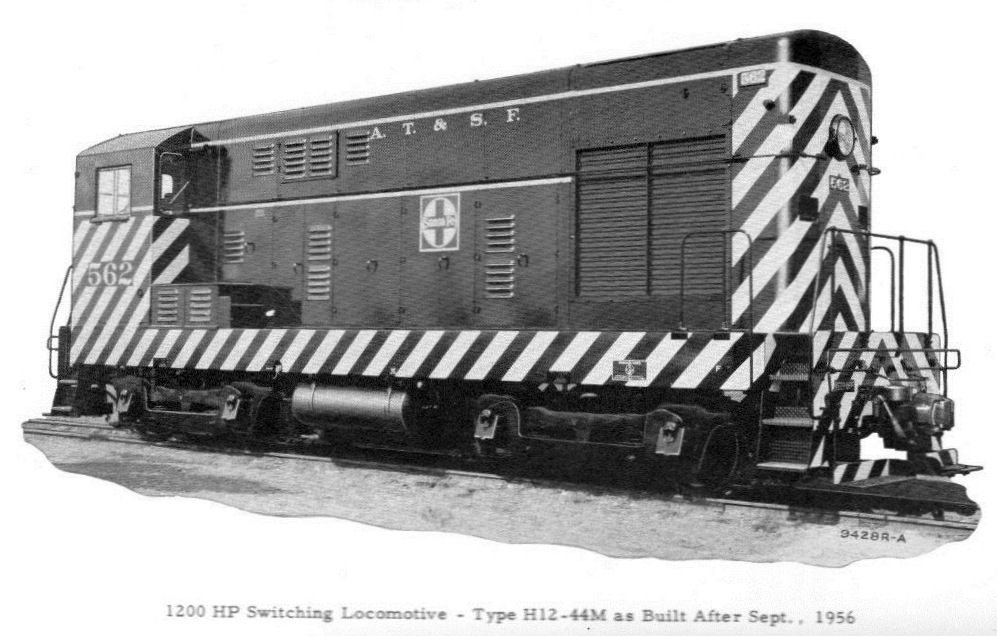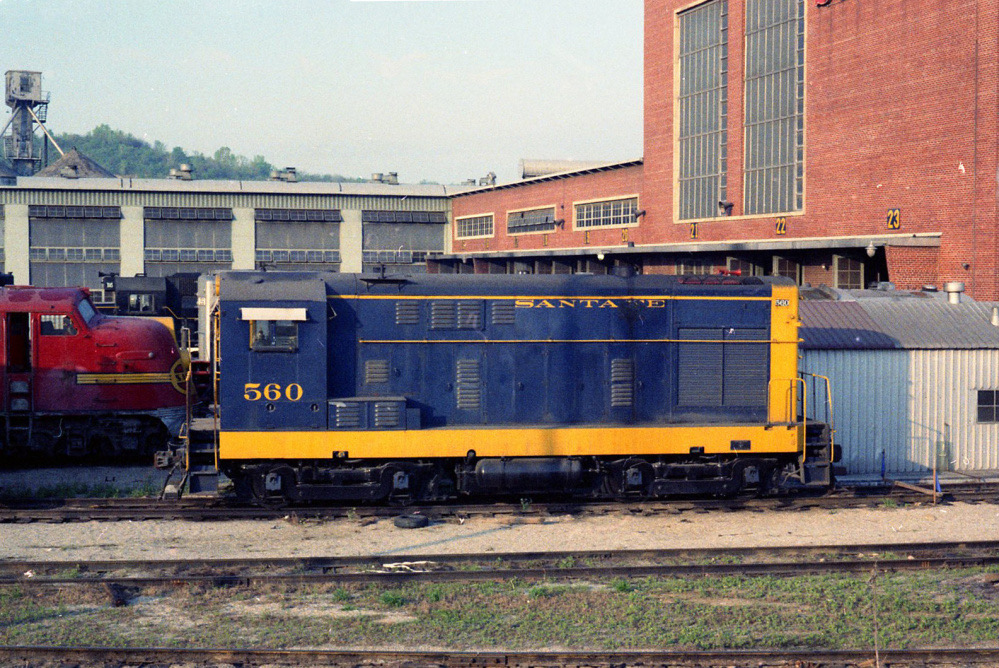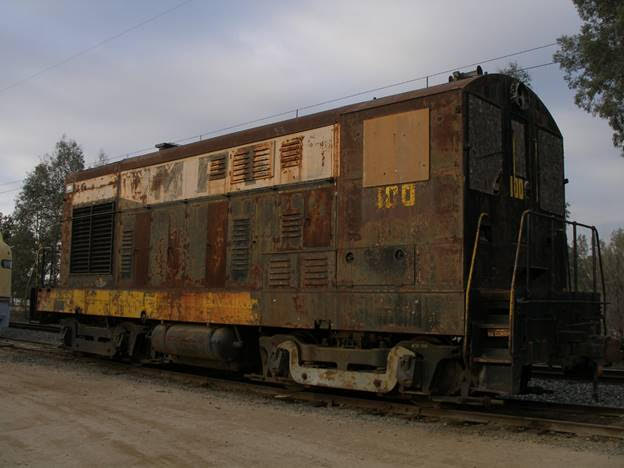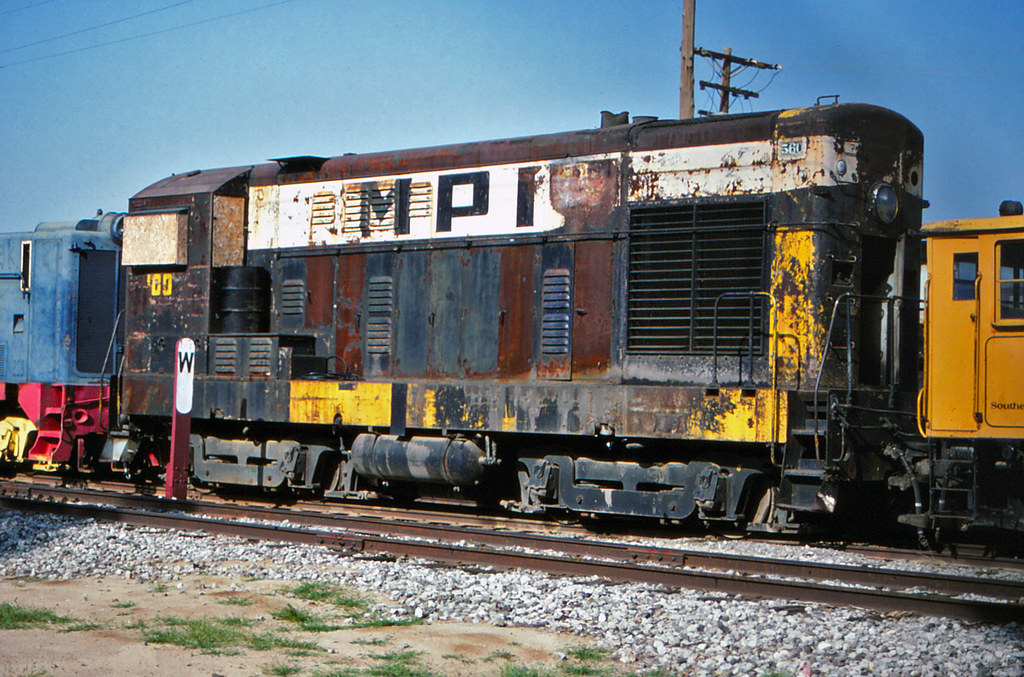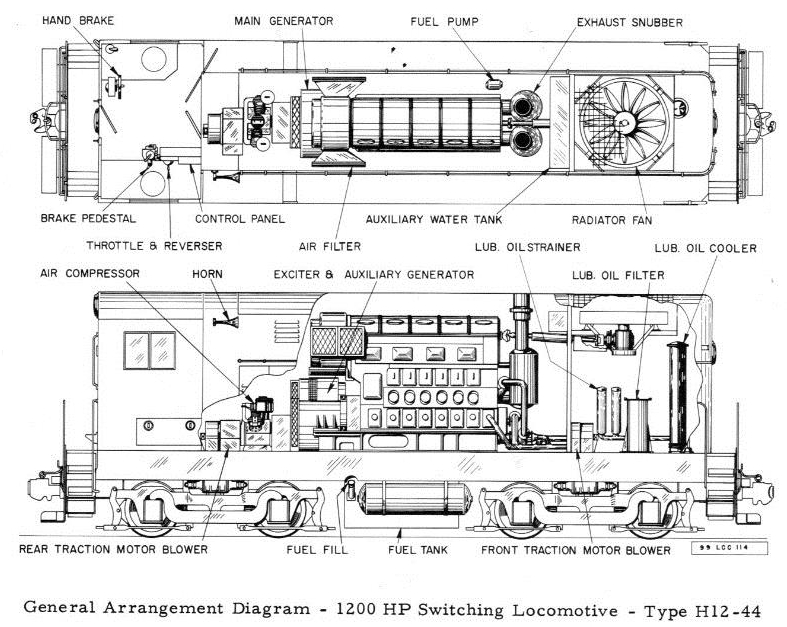After researching this locomotive, it is apparent that SF560 is a relatively rare locomotive. Only 36 of this model were built by Fairbanks Morse. Six went to AT&SF, 10 went to New York, Chicago and St. Louis RR (Nickel Plate Road), and 20 went to Southern Pacific RR. Of those 36, only two have survived. In addition to SF560 at SCRM, SP2379 is owned and operated by the Museum of the American Railroad in Frisco Texas, about 30 miles north of Dallas. That museum was previously known as the Age of Steam Museum which was then located in Dallas Texas.
The history of OERM’s acquisition of SF560 began in Vinton Texas. Metals Processing Inc purchased the locomotive in 1974 and used it for many years moving material in their scrap yard. Today, that same site is occupied by different company called Vinton Steel.
The process to move the locomotive to OERM involved Phil Palmieri, Fred Nicas, and J.R. Lowe. Phil was working for Southern Pacific RR at the time. He had his work location moved to El Paso for five months so he could coordinate getting the locomotive ready for the move. Fred Nicas and J.R. Lowe also made several trips to Vinton to work with Phil on the project. The locomotive was to be moved using a heavy-duty flat car, which meant that a ramp had to be built in order to pull the locomotive onto the flat car. A ramp, with tracks on top, was built out of railroad ties and a large front end loader was used to pull the locomotive up the ramp and onto the flat car.
The locomotive was then lashed to the flat car in preparation for the trip to California. The first stop was in Rincon New Mexico where Phil retightened all the chain lashings to ensure a safe ride to OERM. It then went to Belen New Mexico and eventually to OERM for unloading.
After arriving at OERM, a ramp was constructed out of ties with rails attached, and the locomotive was slowly rolled down the ramp. This all took place in 1990.
Shortly after it arrived, a set of batteries was installed, and the Diesel engine was started. The engine ran fine. The air compressor worked properly. The brakes worked correctly. All the lights worked correctly, and the locomotive was able to move under its own power. It was started and tested several times but there was a problem. The exhaust contained airborne drops of oil which splattered all around the locomotive. This problem was severe enough that the locomotive could not be used around the public. The batteries were then removed from the locomotive and it was never started again.
In 2007, Tom Moore, one of our new members at the time, mentioned that he dealt is new and used Fairbanks Morse spare parts. Much to our surprise, Tom had a water pump that was the exact model needed for SF560. A deal was agreed to and Tom delivered the new pump and it was installed. That donation saved us several thousand dollars.
Shortly after the water pump was installed an attempt was made to start the locomotive again. There was no access to a good set of batteries, so the engine hardly turned over and it wouldn’t start. The locomotive than sat untouched until 2020 when an effort was initiated to evaluate it for restoration.
An initial survey of the exterior of the locomotive revealed that there were a few rust spots where metal will need to be replaced, a few dents to remove or cover over, access steps missing or damaged, upper cooling louvers missing, all window glass missing, and the front and rear steps missing. Fixing these issues would be straight forward.
The interior of the cab is dirty but all there. Cleaning and painting will be all that is needed.
The engine compartment, on the other hand, needs a lot of work. The first and most important issue, will be to identify why oil is being blown out the exhaust stack. Commonly this issue is caused by one or more of the following problems:
- Worn piston rings
- Worn cylinder liners
- Leaking oil seals in the Roots scavenging blower.
Piston ring wear can be partially diagnosed by viewing the edges of the rings though the scavenging air ports in the cylinders. Cylinder liner wear measurement isn’t possible without removing the liner to gain access with measuring tools. Leaking oil seals in the blower can be roughly guessed at by looking at the amount of fresh free-standing oil in the air box.
The major issue, however, may be that the locomotive was used for 16 years in a scrap yard and was never run heavily loaded during that time. It is well known that 2 cycle engines are very prone to souping, which is the term used with oil is blown out the exhaust stack. This is a common problem if the engine has moderate wear. The typical short term cure for it is to start the engine, let it warm up, and then run it wide open under full power. Most often this procedure cleans out the loose oil in the exhaust system and the spitting oil stops, at least temporarily.
If that that approach does not work, then the next step will be to try and reseat the piston rings. This is somewhat of a last resort to recover some use from worn rings and cylinders. The approach is to place a few open containers of a powdered cleanser like Bon Ami, Dutch Cleanser, etc. into the air box. Then start the engine and immediately open the throttle wide open. The air flow will suck the cleanser into the cylinders and roughen the liner walls and piston ring edges. Sometimes this will reseat the piston rings and the oil souping will stop.
However, if the oil souping problem is caused by faulty seals in the Roots blower, then there isn’t any option other than to remove the blower for overhaul. This would be very expensive. Another organization is dealing with this same issue and has received a quote of $35,000 from FM to overhaul the blower.
The locomotive has a dual opposed piston engine which is unique. Due to the requirement for special tools and knowledge, essentially FM field service representatives are the only ones with the ability to replace cylinders and piston rings. An estimate of upwards of $100,000 is what it would cost for FM to do that work. SCRM does not have the required tools or expertise to do it.
The next most important task would be to configure the cooling fan so that it will work. This locomotive was built with a mechanically driven fan. While it was in the scrap yard working, the mechanical fan apparently failed and was replaced with an electrically driven fan from an earlier model FM locomotive. The problem is that the electrical fan requires a companion fan generator which can’t be installed in the H12-44M model because of the shorter engine compartment. For SCRM’s use, we may be able to operate the fan satisfactorily using 75 VDC, which is available in the locomotive.
One of the journal bearings on one of the axles, overheats if the engine is moved very far. Within a few hundred yards of moving, the brass bearing becomes very hot. The first approach to solve it, will be to remove the brass and inspect it and the axle journal. If they both look correct, then first approach will be to attempt to reseat the surfaces with a special grinding compound called “Time Saver”. We have used it in the past with excellent results. However, if that doesn’t solve the problem, then most likely the axle journal surfaced is damaged. There are two possible approaches to solve that problem. Both require removing the truck from under the locomotive and then remove the axle for refurbishment or replacement. We believe we have usable spare axle wheel sets under the Baldwin locomotives that were formerly used in Trona, CA.
There are numerous smaller issues such as bad water valves, missing cooling fan louvers, and leaking oil seals. By far the worst task will be to clean the engine compartment. Years of leaking oil have left dried caked oil and dirt everywhere in the engine compartment. We already know that the engine hood must come off in order to replace gaskets under the top crankshaft cover. Having the hood off will make cleaning the engine compartment much easier, however it will still be a lot of work.
In summary, no decision on refurbishing the locomotive can be made until after the Diesel engine has been operated at full power for a period long enough to clean out the exhaust system. But that can’t be done until after the cooling fan has been made operational. If the source of oil souping can be determined, then we can estimate the cost of repairs. And there is the possibility that the oil souping will stop once the engine has been operated at full power for a couple of hours. The efforts near term will go towards getting the Diesel engine operational.
Dave Althaus

